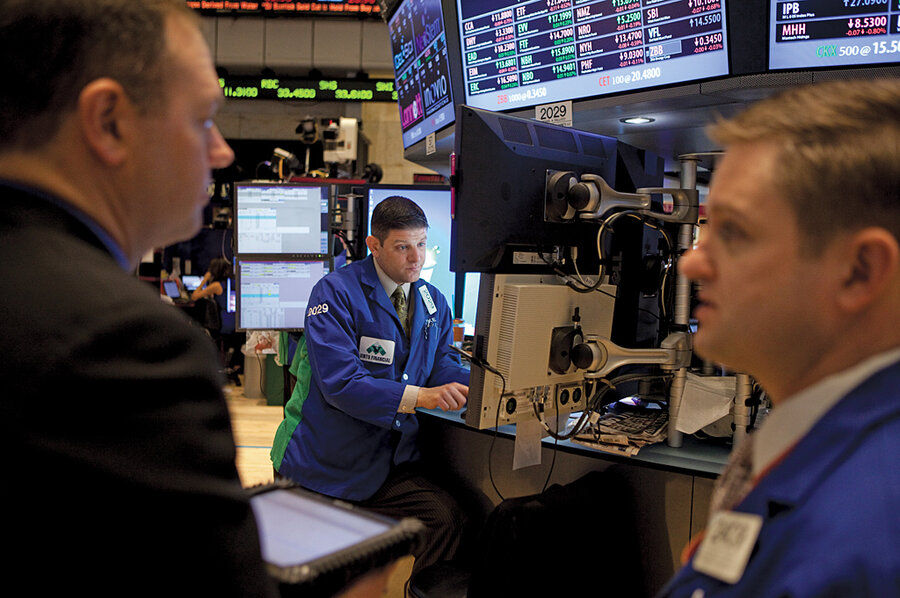To invest or not to invest? The eternal question
Loading...
The stock market is telling us something. But we’re all getting different messages. If you are a baby boomer, you lived through the dot-com crash of 2000 and financial panic of 2008. Retirement is not far away. If the stock market is calling to you, it probably sounds a little like Count Dracula’s treacherous invitation: “Enter freely – and of your own will.”
Maybe you should enter. Maybe you should run.
If you are a member of the Millennial Generation, on the other hand, the stock market may be saying something completely different to you. You never lost money in it. There seem to be good bargains. Maybe you’ll make some money. Maybe you’ll lose some money. With time on your side, you can afford to experiment. (“Hey, Count, what’s for dinner?”)
I was there once myself. Enchanted with the new Apple Mac-intosh in 1984, I bought the first shares I ever owned: 50 of Apple at $30. Pretty smart, right? It’s now around $440. Of course, I didn’t think it would ever go that high. In fact, a few months after I bought in I had qualms and sold out – at $20. My excellent adventure in investing wasn’t profitable, but it was a life lesson. It taught me the value of buying a quality stock – or better, a balanced mutual fund via a 401(k) – and holding it. I’ve faithfully followed the price of AAPL on the NASDAQ ever since, even though I’ve never bought another share directly.
No matter how the market has been performing, your past performance is a pretty good indication of your future behavior. You can see that pattern on display in a Monitor cover story. We’re a long way from “irrational exuberance.” Even “cautious optimism” is too bubbly a term. The best phrase for current investor psychology is probably: “As opposed to what?”
Interest rates are so low that there’s little incentive to be in fixed income. Gold and other precious metals – hedges against financial catastrophe – have been sagging as the economy slowly improves. Home prices are rising, but other than in unique markets like New York and San Francisco the era of house flipping is unlikely to return soon. Which leaves equities.
Older investors are edging back in, though in many cases they can’t shake the fears they felt five years ago (see Jonathan Harsch’s article). Younger investors are willing to experiment, to put money into the market and see what happens (see Schuyler Velasco’s article). This is not unusual.
Laurent Belsie, who has been writing about financial markets since the 1980s, recalls how in 1981, during what was then the greatest recession since 1929, market pundits worried that the stock market would never recover and that the financial system itself might be broken. And yet a year later the greatest bull market in history began. His life lesson: “If I were Larry David’s evil twin, I’d say the message of the market is ‘Curb Your Enthusiasm and Curb Your Gloom.’ ”
And so, after the latest worst financial crisis since 1929, despite economic shakiness, and amid 10,000 caveats, the stock market may in fact have a message for all of us: We’re getting back to normal. Which doesn’t mean predictable, universally profitable, or even especially stable. The market will go up and down. Some stocks will appreciate, others will tank. But five years after the bottom fell out, we can stop wondering if the system itself is broken. We can resume seeing the stock market as a place to make some money, lose some money, and learn a few life lessons.
John Yemma is editor of the Monitor. He can be reached at editor@csmonitor.com.








